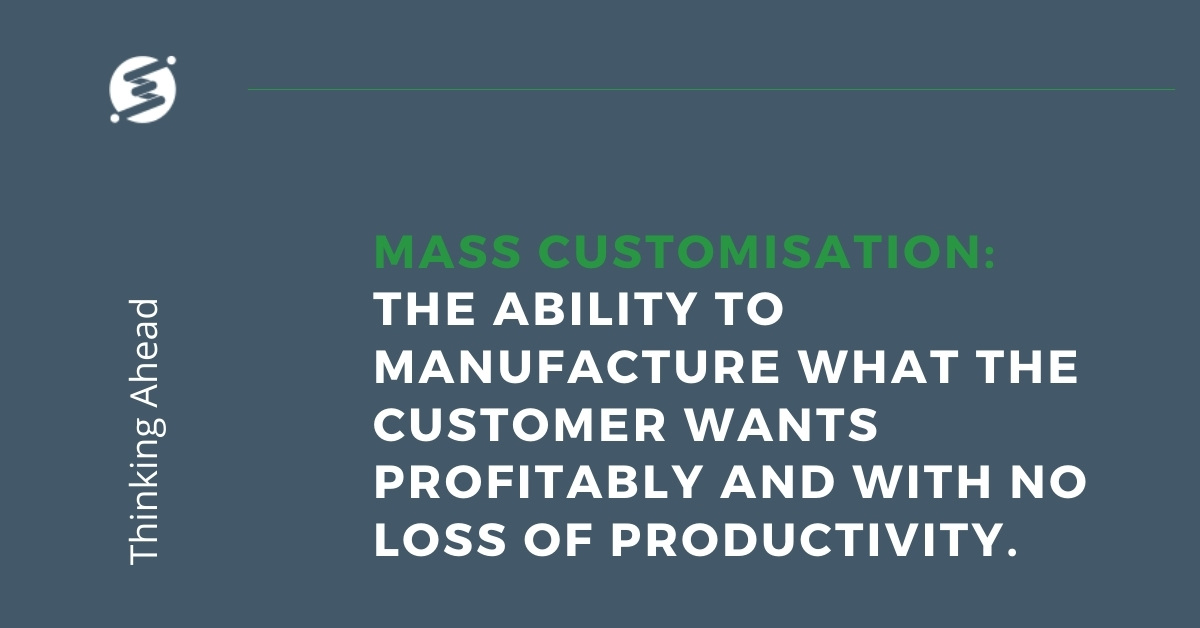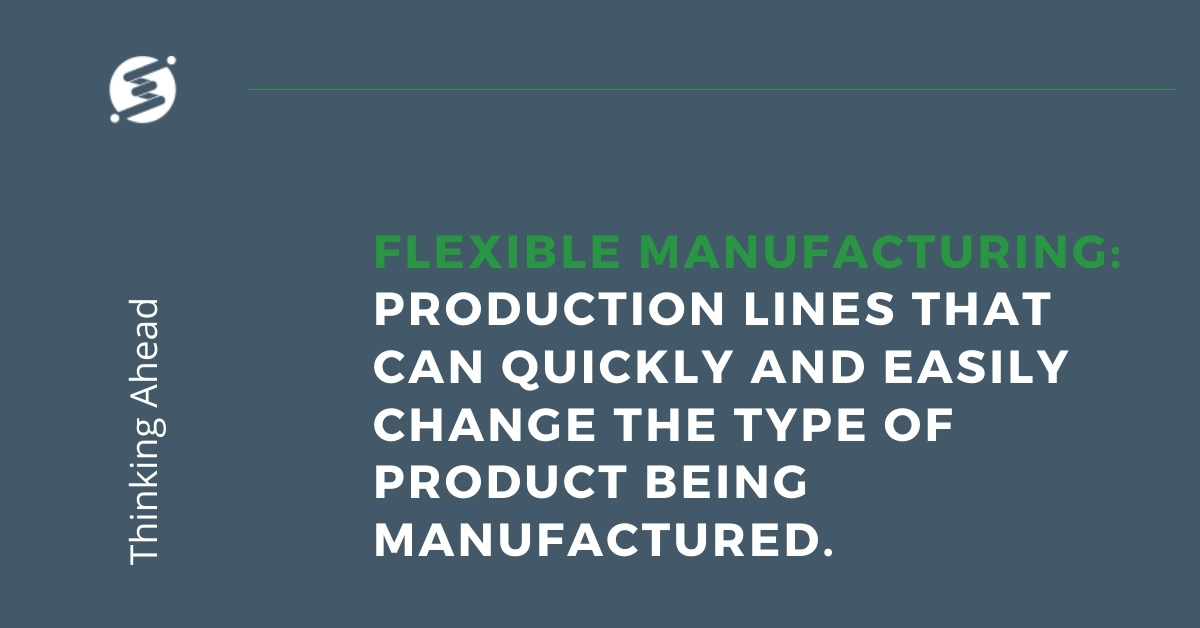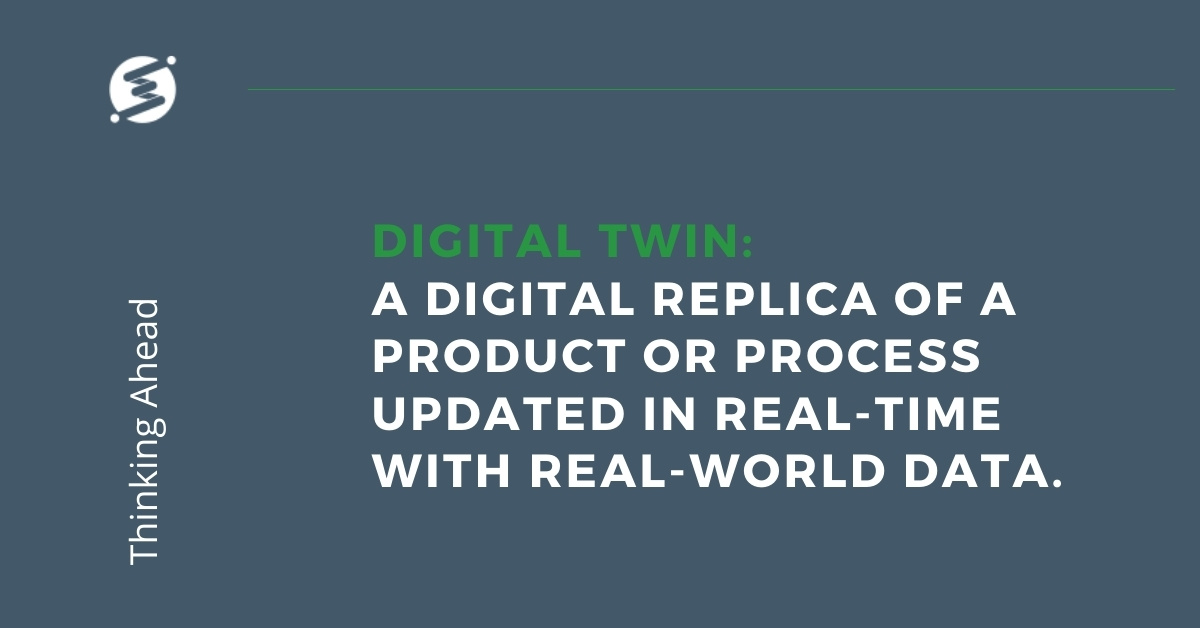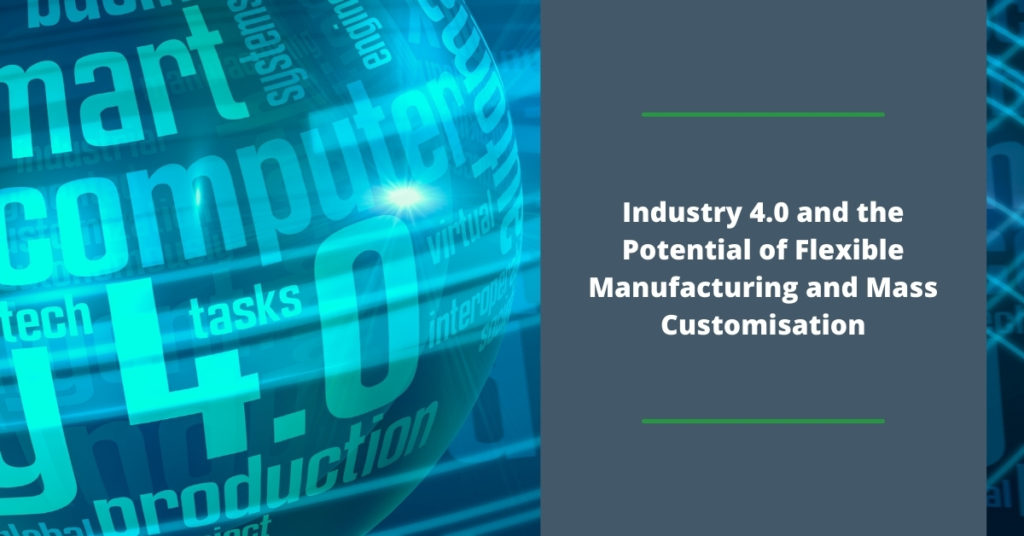“Any customer can have a car painted any colour that he wants so long as it is black.”
That’s a quote from Henry Ford, the founder of the Ford Motor Company. It’s a famous quote, but what does it have to do with flexible manufacturing and mass customisation? Does it have any relevance in the era of Industry 4.0 as we look towards the next industrial revolution, Industry 5.0? Is there anything we can learn from an idea that appears so outdated?
According to his autobiography, Ford made the famous comment in a meeting with his team in 1909. The comment was part of an announcement that the Ford Motor Company would, from then on, only be making one model of car – the Model T.
Ford’s thinking at the time was clear. In another part of his autobiography, Ford writes:
“No business can improve unless it pays the closest possible attention to complaints and suggestions. If there is any defect in service then that must be instantly and rigorously investigated, but when the suggestion is only as to style, one has to make sure whether it is not merely a personal whim that is being voiced.”
So, Ford’s approach was to get the design of the product right and then manufacture that product and that product alone at a massive scale.
It was a successful approach, too. When he made the famous “any colour so long as it’s black” quote, Ford was producing just over 10,000 cars a year. Ten years later, the company had produced half-a-million Model T Fords, and five years after that, it was producing two million.
100+ Years On
Industry 4.0 technologies are changing the reality from Ford’s era unlike any other technologies that have come before. Today, for example, it is now possible to meet the demands of customers for product customisation while also getting the design right.
In the life sciences sector, that means customised medicines, therapies, and medical devices that meet quality standards and regulatory requirements, while also being economical to produce.
It’s also possible to have a flexible production process where different products with different tools and moulds can be produced on the same production line.
For example, dynamically programmed robots with interchangeable tooling enable manufacturers to quickly and effectively switch between models manufactured with negligible efficiency loss.
Industry 4.0 technologies, processes, and ways of thinking make this possible.
Crucially, it’s also possible to do all the above while maintaining productivity and operational efficiency. As a result, new profit-making opportunities become a reality.
What is Mass Customisation?

Mass customisation is the ability to manufacture what the customer wants profitably and with no loss of productivity. The aim is to make the manufacturing process more customer oriented.
What is Flexible Manufacturing?

Flexible manufacturing is a manufacturing strategy involving production lines that can quickly and easily change the type of product being produced. The process of switching between product types is automated.
The Technologies Driving Change
Back in Ford’s day, designers designed products with minimal input from consumers. Engineers then worked on refining the design and getting the production processes right, in addition to making sure the production process was as effective and efficient as possible.
The product then left the production line and entered the distribution chain, with little connection between it and the factory floor.
In other words, the connection between the customer, the manufacturing process, and the design process, was minimal. The supply chain was also disconnected and disjointed.
Industry 4.0 turns this completely on its head. Sensors and communication technologies mean machines in the production line can interact, collect data, and issue instructions autonomously. These processes can be integrated with the supply and distribution chains, connecting other business units, and driving efficiency savings even further. Supply chain collaboration and oversight, product traceability, OEE optimisation, and more happen in real-time.
However, the real gamechanger when it comes to flexibility and mass customisation is the use of sensors in end products. With this technology, manufacturers can create digital twins of products that are being used by customers in the real world, with the digital twin receiving real-time updates from sensors on the physical products.

Non-Linear Product Lifecycle
Digital twin and simulation technologies offer a number of benefits to manufacturers, including predictive maintenance and making faults easier and faster to repair.
One of the biggest benefits, however, is how the use of sensors and digital twin technologies can influence the design process. Product designers no longer have to rely on gut instinct, limited research, or outdated usage data.
With Industry 4.0 technologies like digital twins, designers can use real-time data to produce products that customers really want.
In other words, the product lifecycle becomes non-linear.
A non-linear product lifecycle makes it possible to customise products for different customer segments, improving customer relations and the customer experience. Even single-unit production runs are possible, i.e., true product personalisation.
Mass Customisation Gets You Closer to Your Customers
Remaining competitive and relevant to your customers is essential, as is improving the customer experience, from the service they receive to shipping lead times to product quality.
Arguably, however, the most eye-catching benefit of mass customisation and manufacturing flexibility has to do with the relationship you have with customers. Industry 4.0 technologies, as well as mass customisation and flexible manufacturing strategies, get you closer to customers.
As a result, you can establish a more robust direct link with customers, strengthening your brand, building customer loyalty, improving customer and marketplace knowledge, and ensuring you stay out in front of emerging trends, changing values, and evolving expectations.
What Can We Learn from Ford’s Famous Quote?
There is a connection between Ford’s approach in the early 1900s and the opportunities presented by Industry 4.0 today. Specifically, two of the biggest things that Ford got right back in 1909 was to:
- Focus on the customer – he understood that the vast majority of his customers preferred to have a reliable car they could afford rather than one where they could specify a particular colour.
- Focus on profitability – Ford also understood he had to deliver on the above expectations of his customers in a way that was profitable for his company.
Hence, the get-it-right-and-then-make-them-all-the-same approach.
Manufacturers need to follow Ford’s lead, albeit with a 21st-century twist.
- Focus on the customer – customers still want products that work, and they want those products to be affordable, but they also want products tailored to their needs, i.e., they want customised products.
- Focus on profitability – manufacturers need to offer flexibility and customisation to remain competitive, but they must do so profitably.
Industry 4.0 technologies make both the above possible: sensors, automation, robotics, machine learning, data analysis (particularly anomaly detection), digital twins, equipment integration, and more.
It is manufacturing’s next evolutionary step, as Industry 4.0 technologies, processes, and systems become the norm, and we start moving towards Industry 5.0.

